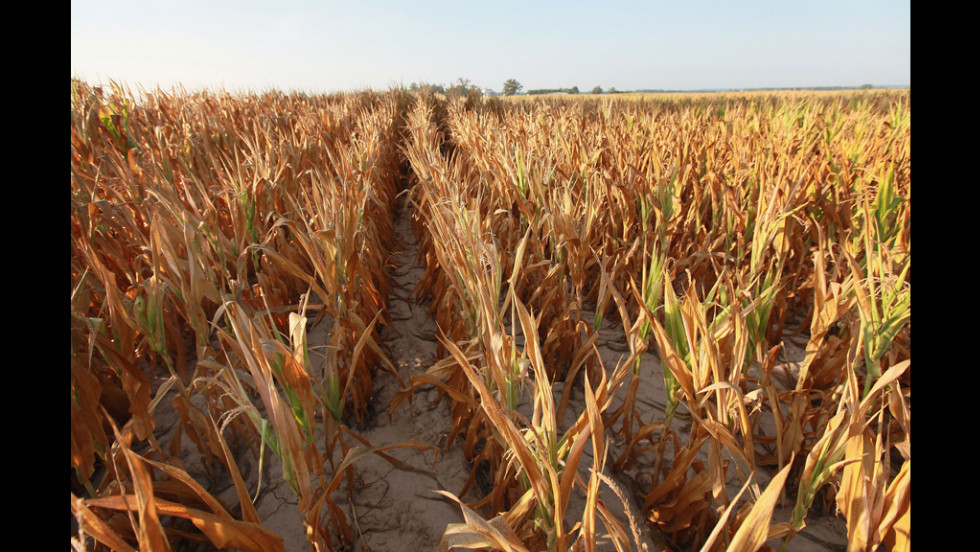USA - Late crop results in freeze damage and increased grain drying
19.11.2019 478 views
ScaleAgData Stakeholder Engagement Event
22.10.2024The ScaleAgData project is pleased to invite you to our second stakeholder event. Building on the discussions and connections formed during our first webinar, this event will focus on fostering collaboration among stakeholders, providing updates on our project’s progress, and outlining future opportunities for engagement.
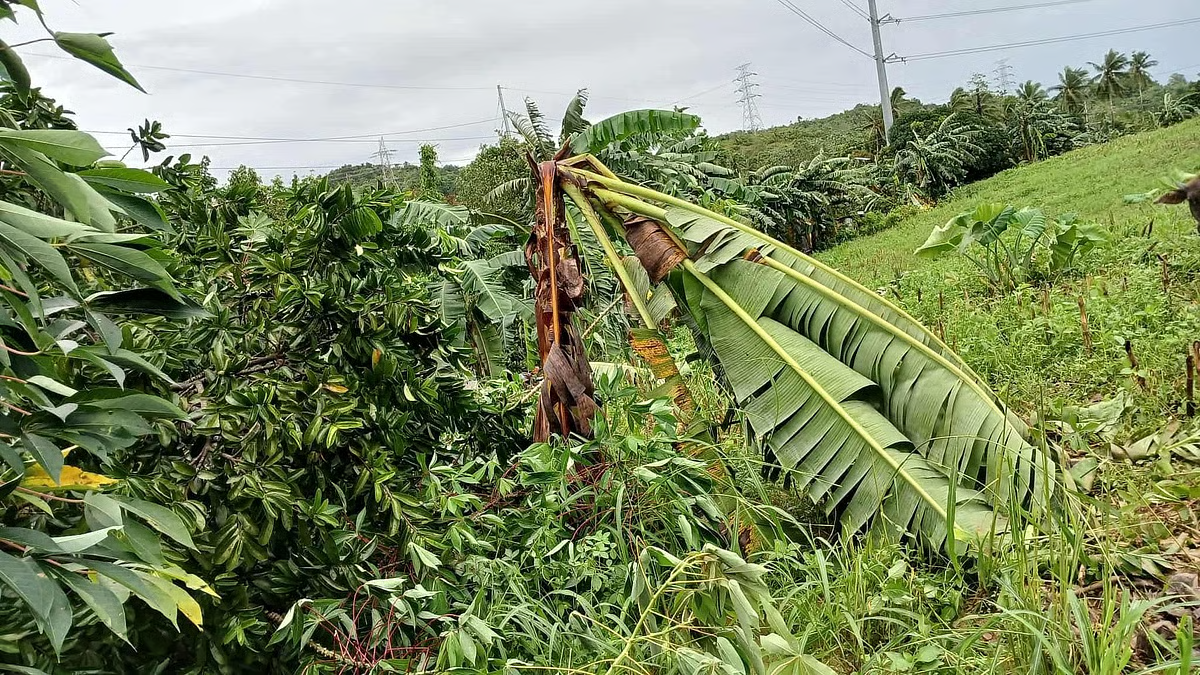
Philippines - Typhoon Tino expected to result in crop insurance payout of P251M to affected farmers
The Philippine Crop Insurance Corp. (PCIC) set aside nearly P251 million to cover potential crop insurance payouts to farmers affected by Typhoon Tino (international name: Kalmaegi), according to the Department of Agriculture (DA).
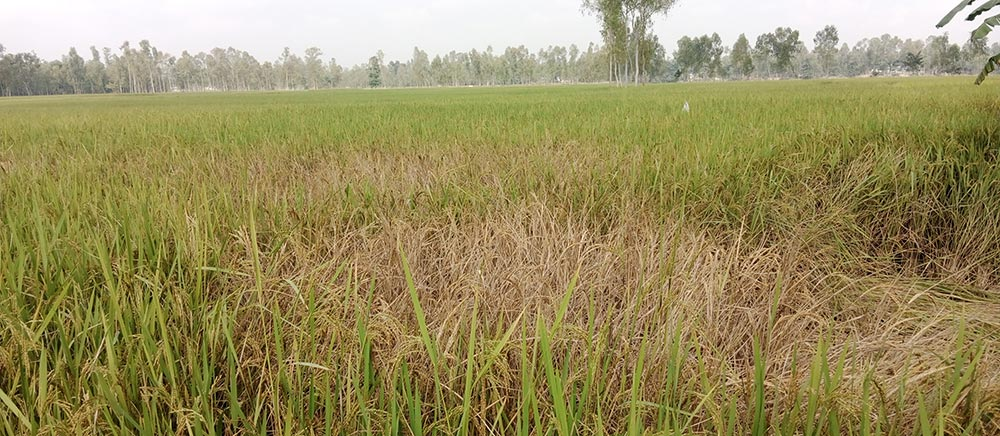
Bangladesh - Paddy disease sparks fear of crop loss at Nageshwari Upazila
Farmers in Nageshwari Upazila of the district are facing a new threat as bacterial leaf blight (BLB) disease spreads across paddy fields, raising fears of significant crop loss.
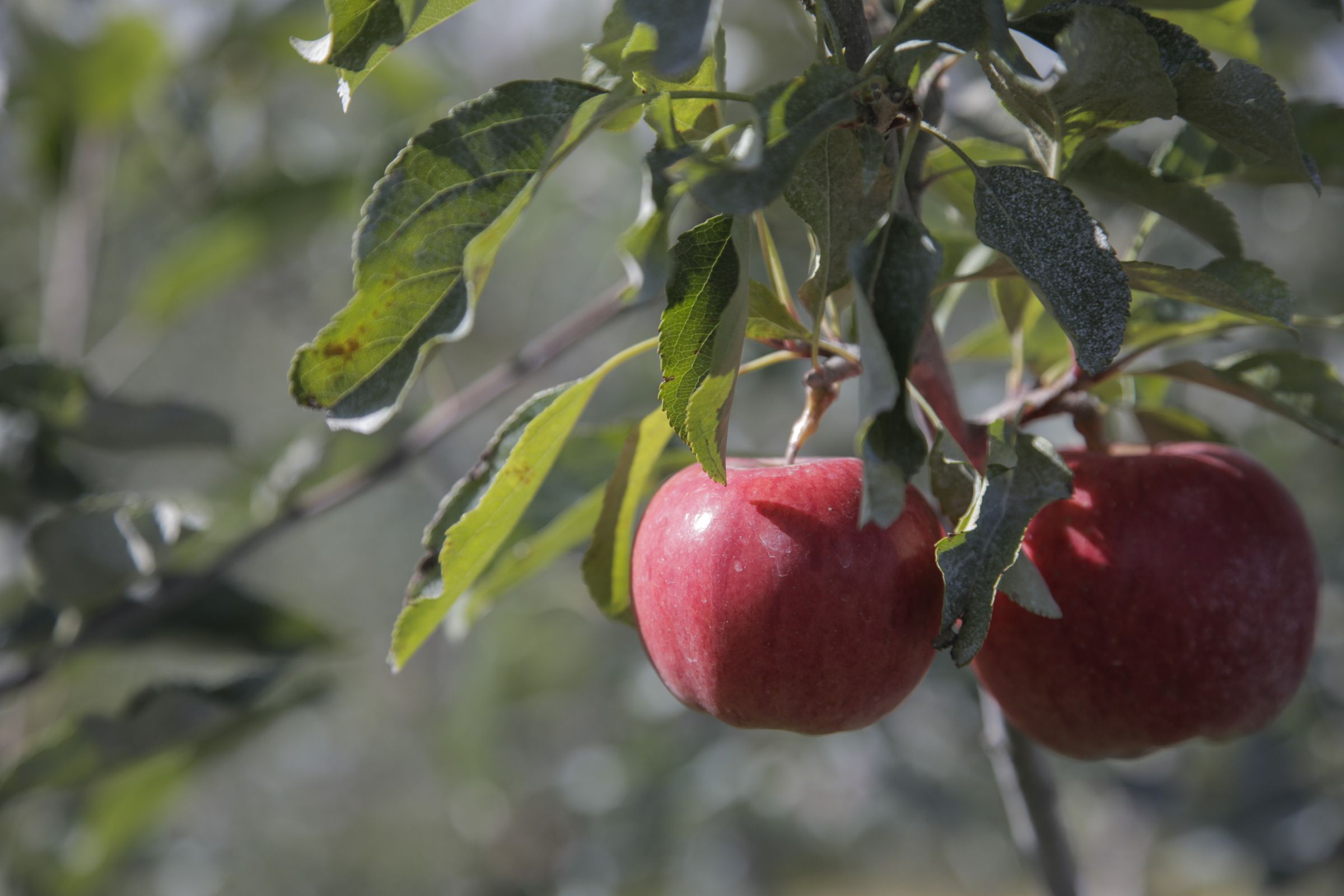
Australia - NSW apple growers link Bilpin crop losses to varroa mite impact
Apple growers in Bilpin, New South Wales, are reporting widespread yield losses this season, with some orchards producing as little as 5 to 10% of their usual crop.
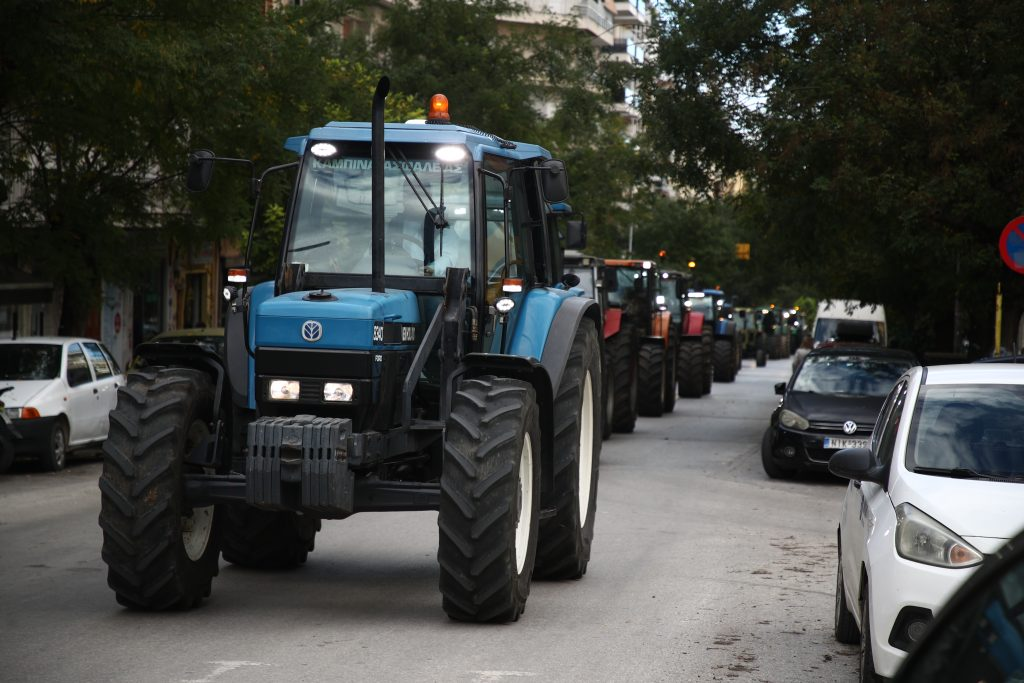
Greek Farmers Protest Over Costs, Losses, and Broken Promises
Farmers and livestock breeders from across Greece rallied in Athens and Thessaloniki on Tuesday, protesting rising costs, delayed payments, and a devastating sheep and goat pox outbreak that has led to the culling of more than 400,000 animals
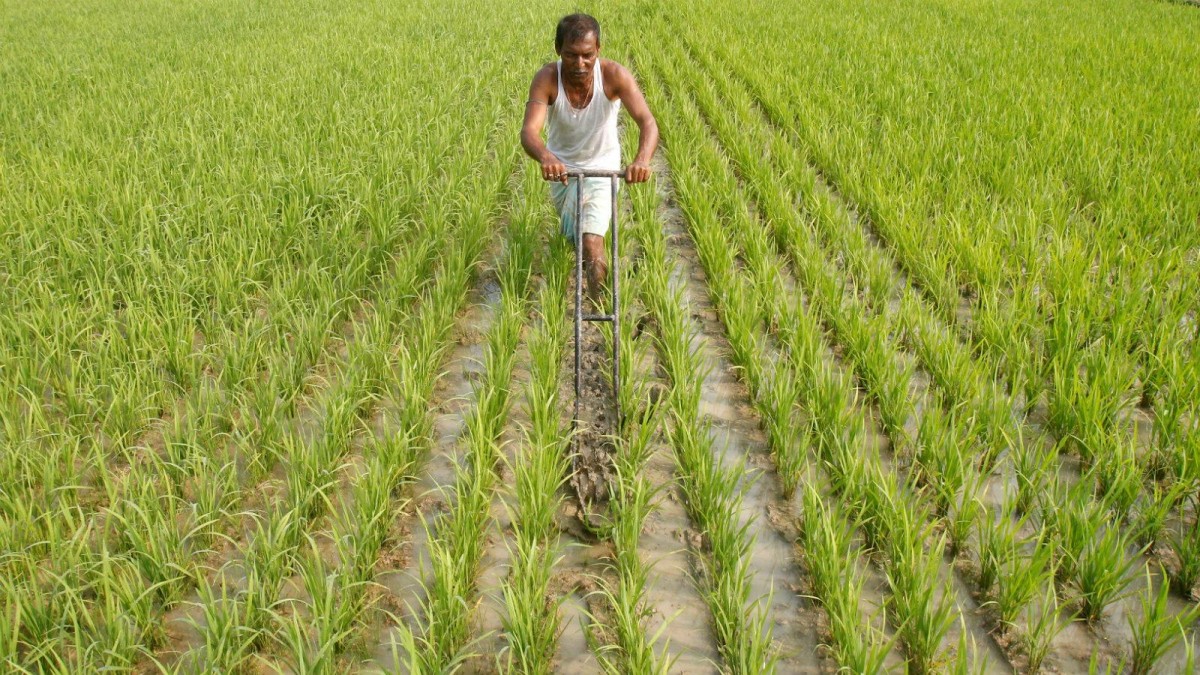
India - Assam Begins First-Ever Diploma Course in Agriculture to Empower Young Farmers
The three-year programme under Assam Agricultural University aims to make rural youth self-reliant and skilled in modern farming.

EU, Germany Commit €18.3m To Boost Climate-smart Agriculture In Nigeria
The European Union (EU) and the German Development Cooperation have jointly earmarked €18.3 million for a new agricultural development initiative aimed at transforming Nigeria’s rural economy through climate-smart and inclusive value chain systems.
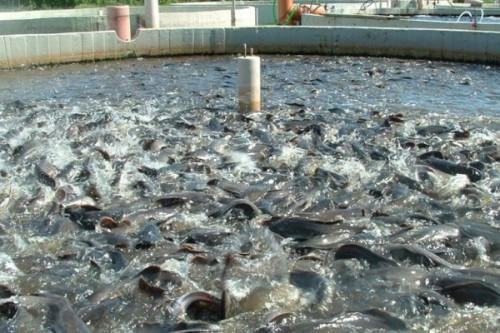
African Development Bank doles out loan of nearly USD 100 million to Cameroon for fisheries, aquaculture expansion
The Central African country of Cameroon has received a USD 98 million (EUR 85 million) loan from the African Development Bank (AfDB) to expand its livestock, fisheries, and aquaculture sectors.
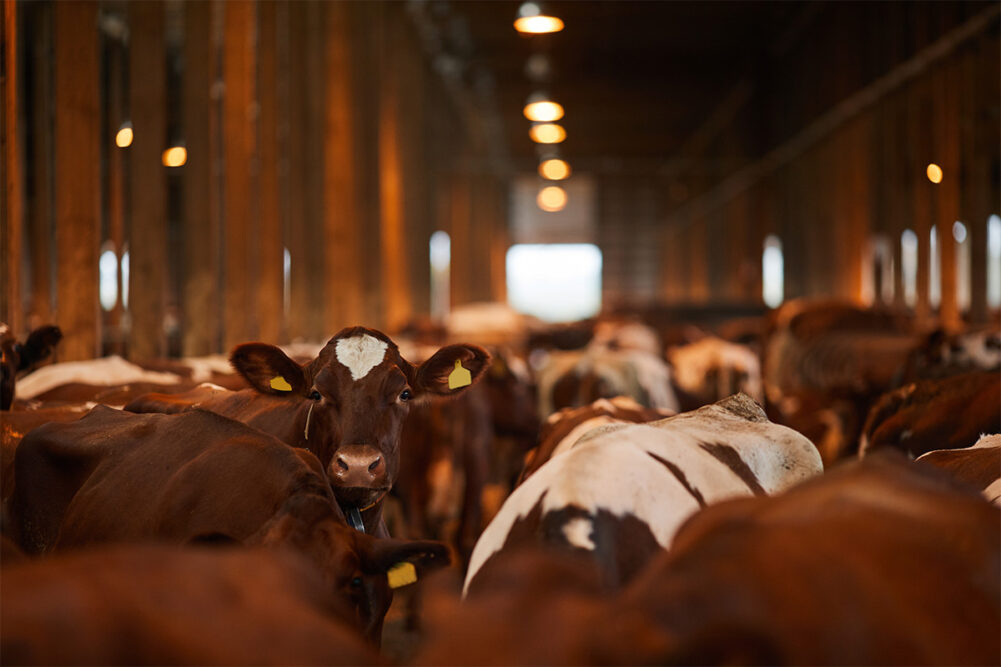
Taiwan - Cattle insurance to be enforced next yea
Mandatory dairy cattle insurance is to take effect from Jan. 1 next year, with the government subsidizing half of the insurance premium, the Ministry of Agriculture said.


